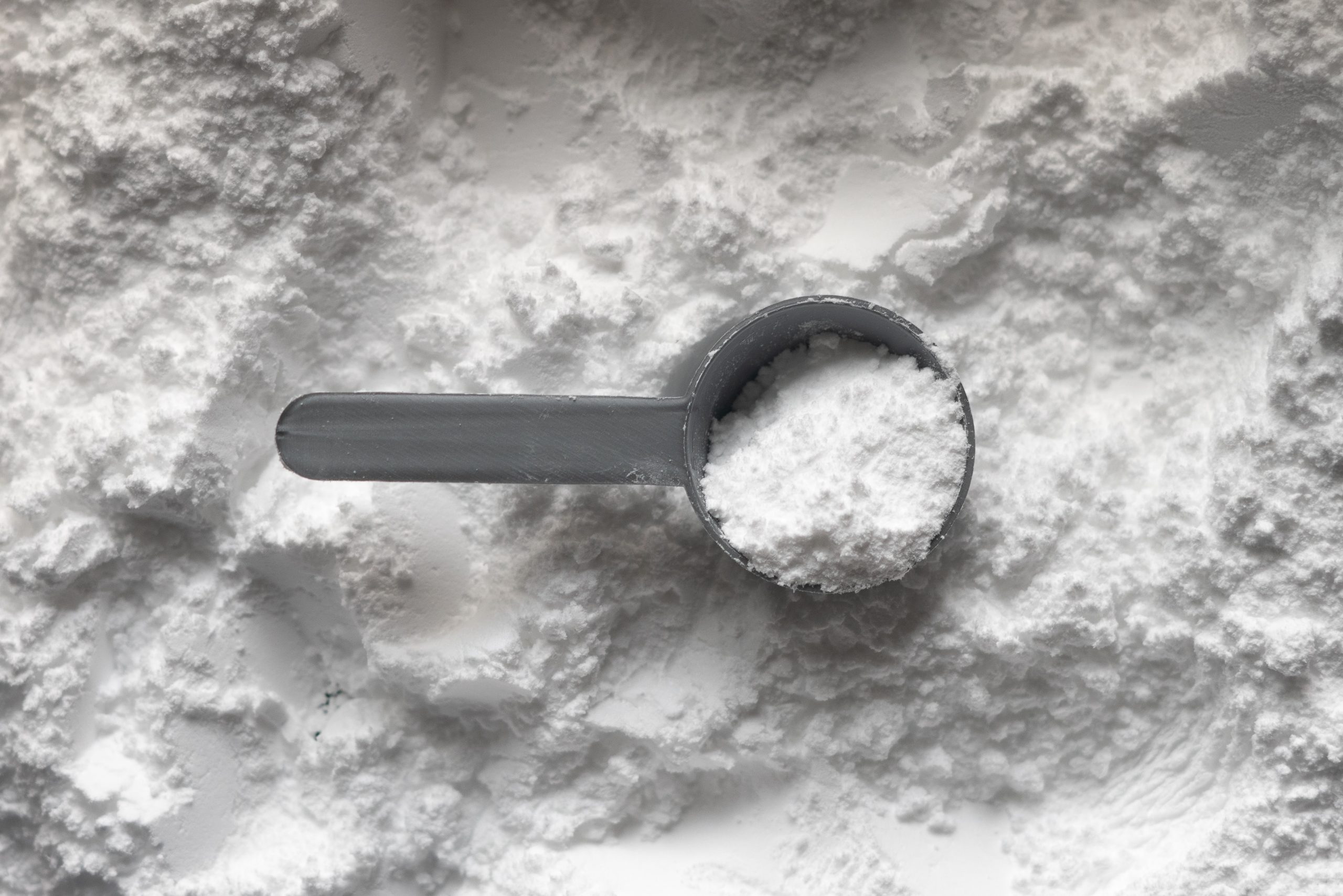
Ammonium bicarbonate
Ammonium bicarbonate (E-503ii) is a leavening agent predominantly used in biscuit manufacturing. Unlike sodium bicarbonate, ammonium bicarbonate does not require the presence of acidic substances in the medium, as it reacts on its own. The reaction of ammonium bicarbonate, which generates carbon dioxide, is as follows:
NH4HCO3→NH3+CO2+H2O
This reaction occurs from 34-35ºC onwards. As indicated by the reaction, the decomposition of ammonium bicarbonate generates ammonia, a substance with a strong, pungent, and unpleasant odour. This aroma can be noticeable in the baking area where products incorporating it are prepared. The powdered product itself can also emit a slight ammonia smell. Ammonia dissolves in the water within the dough and may remain in the final products, imparting a very unpleasant sensation. Fortunately, during baking, most of the water in the dough evaporates, as does all the generated ammonia, leaving the final products free of this compound. For this reason, the use of ammonium bicarbonate as a leavening agent is limited to dry products such as various types of biscuits, both sweet and savoury. Indeed, this product has traditionally been used in Northern Europe for making biscuits and similar products typical of these regions. Conversely, the use of this additive in moist products, such as cakes, is discouraged.
Ammonium bicarbonate is a relatively powerful leavening agent, thus ensuring its proper dispersion in the dough is crucial to avoid irregularities. It is commonly used alongside sodium bicarbonate in biscuit production, acting earlier in the baking process. Generally, it helps to produce more aerated products with higher specific volume.